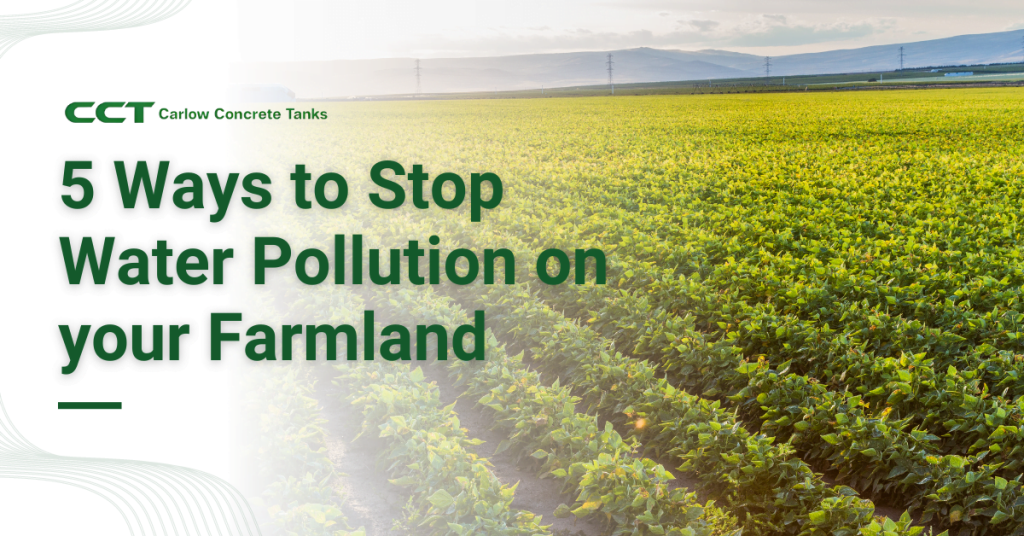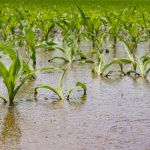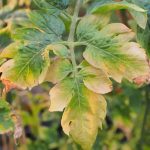Water is one of your most precious resources, especially when it comes to agriculture. But did you know that a significant amount of water used in farming is often wasted?
Imagine what could happen if you had the power to reduce this wastage. Not only could you save money, but you could also play a vital role in preserving the environment. Picture healthier crops, reduced costs, and a sustainable future.
This article is your guide to achieving that. You’ll discover practical strategies that can transform the way you use water on your farm. Dive in and learn how small changes can lead to big results, ensuring your farm thrives while helping the planet.
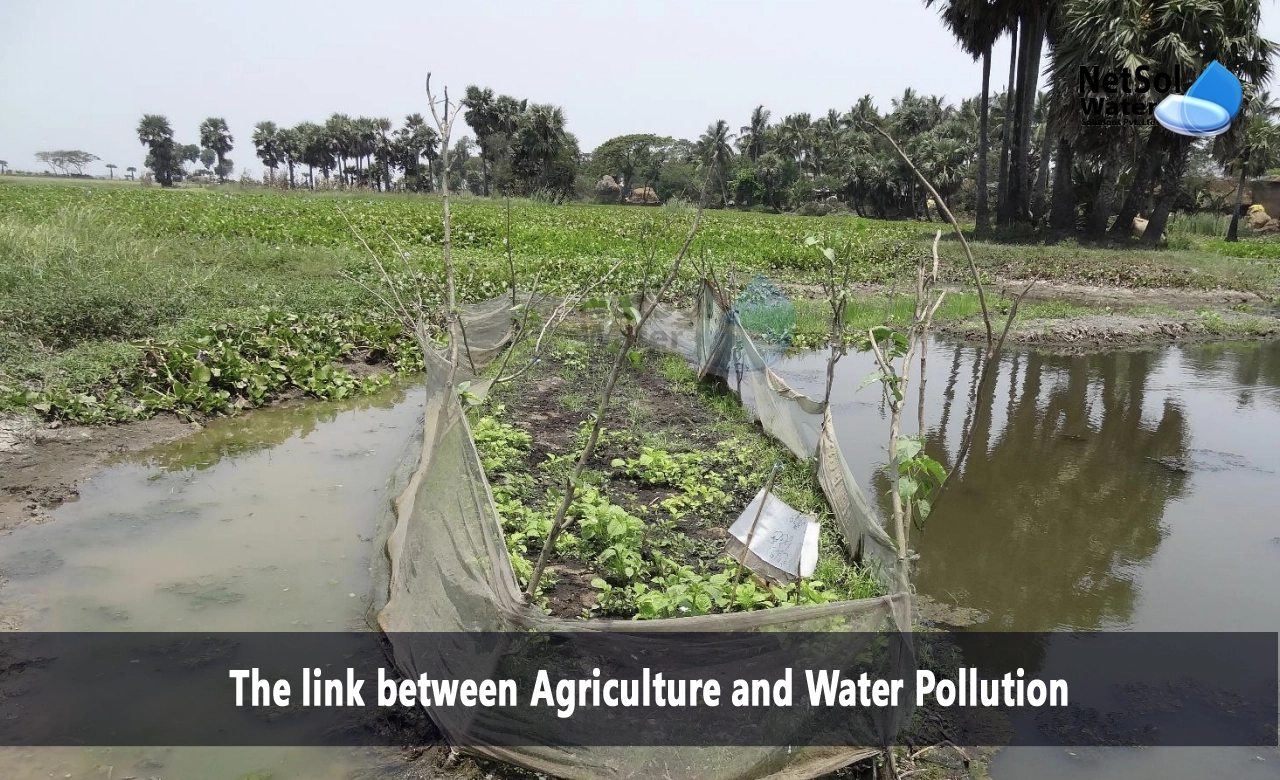
Efficient Irrigation Techniques
Efficient irrigation techniques are key to minimizing water wastage in agriculture. These methods ensure that crops receive the right amount of water at the right time. Implementing these techniques can boost yield while conserving precious resources. Understanding different irrigation systems can help farmers make informed choices.
Drip Irrigation
Drip irrigation delivers water directly to plant roots. This system uses a network of tubes and emitters. Water slowly drips onto the soil surface. It reduces evaporation and runoff. Drip irrigation is suitable for various crops and soil types. It ensures plants receive water without excess.
Sprinkler Systems
Sprinkler systems spray water over fields. They mimic natural rainfall. These systems can cover large areas efficiently. Sprinklers help maintain soil moisture levels. Farmers can adjust the water flow as needed. This flexibility minimizes wastage and adapts to crop needs.
Subsurface Irrigation
Subsurface irrigation places water beneath the soil surface. It uses buried pipes to deliver water. This method reduces evaporation further. Water reaches roots directly, promoting growth. Subsurface irrigation suits certain crops and soil conditions. It requires careful installation to be effective.
Smart Irrigation Controllers
Smart controllers automate irrigation based on weather data. They adjust water schedules using sensors. This technology reduces manual intervention. Smart controllers help avoid overwatering. They can be programmed to suit specific crop requirements. Farmers save water and time with this system.
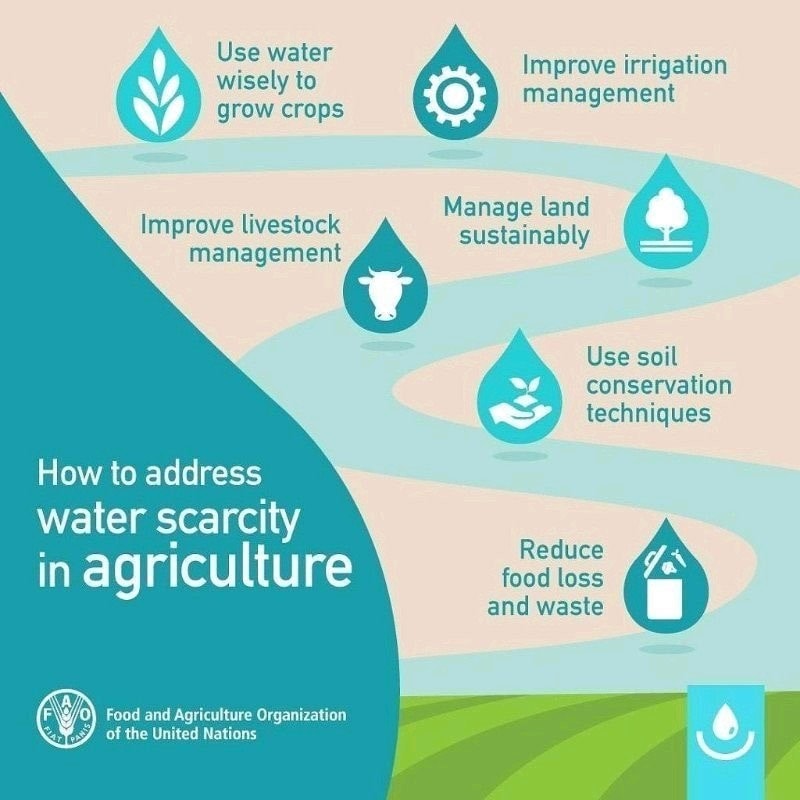
Soil Management Strategies
Effective soil management helps conserve water in agriculture. Techniques like mulching and drip irrigation reduce evaporation and enhance moisture retention. By choosing the right soil amendments, farmers can improve water absorption and minimize wastage, ensuring sustainable farming practices.
Soil management strategies play a crucial role in preventing water wastage in agriculture. Effective techniques ensure water is conserved, reducing waste and improving crop health. By maintaining healthy soil, farmers can maximize water usage efficiency. This section explores practical soil management methods that help conserve water.1. Soil Moisture Monitoring
Soil moisture monitoring is essential for efficient water use. By measuring moisture levels, farmers can determine when to irrigate. This prevents over-watering and conserves water. Tools like soil moisture sensors provide accurate data. With this information, farmers make informed decisions. It leads to healthier crops and less water waste.2. Mulching
Mulching is a simple yet effective technique. It involves covering soil with organic or synthetic materials. Mulch reduces water evaporation from the soil surface. It keeps the soil moist for longer periods. Mulch also suppresses weeds, which compete for water. This results in more water available for crops.3. Soil Aeration
Soil aeration improves water absorption and retention. It involves loosening the soil to allow air and water movement. Aeration prevents soil compaction, which restricts water flow. Better aerated soil absorbs water more efficiently. This reduces runoff and ensures water reaches plant roots.4. Organic Matter Addition
Adding organic matter improves soil structure. Compost and other organic materials enhance water retention. Healthy soil with high organic content holds more water. This reduces the need for frequent irrigation. It also improves soil fertility, benefiting crop growth.5. Crop Rotation
Crop rotation involves alternating crops in the same field. Different crops have varying water needs. Rotating crops prevents soil depletion and balances water use. It also reduces pest and disease buildup. This practice maintains soil health and conserves water resources. Utilizing these soil management strategies can significantly reduce water wastage in agriculture. They enhance soil health, promote efficient water use, and support sustainable farming practices.Crop Selection And Rotation
Crop selection and rotation play a crucial role in reducing water wastage in agriculture. Choosing the right crops can save water and increase yields. Rotating crops improves soil health and reduces pest issues. Together, these practices ensure efficient water use on farms.
Choosing Drought-resistant Crops
Opt for crops that need less water. Drought-resistant plants thrive in dry conditions. They use water more efficiently. This choice helps conserve water resources. Such crops include millet, sorghum, and certain beans. These plants grow well with limited water.
Understanding Soil Requirements
Different crops need different soil types. Match crops to soil for better water use. Well-matched crops absorb water more effectively. This reduces the need for extra irrigation. Test soil before planting. Choose crops suited to your soil type.
Implementing Crop Rotation
Rotate crops to improve soil health. This practice prevents nutrient depletion. Healthy soil retains water better. It also reduces the need for irrigation. Crop rotation breaks pest cycles. This limits the use of pesticides.
Seasonal Planting
Plant crops according to seasons. This aligns growth with natural rainfall. Seasonal planting minimizes irrigation needs. It optimizes water use by leveraging natural water availability. Plan planting schedules based on local climate patterns.
Benefits Of Cover Crops
Cover crops protect soil from erosion. They help retain soil moisture. This reduces water loss from evaporation. Cover crops improve soil structure. Better soil holds more water. They also add organic matter, enhancing soil health.
Technology And Innovation In Water Conservation
Smart irrigation systems help farmers save water by supplying just enough to crops. Soil sensors monitor moisture levels, ensuring efficient water use. Drones and satellites provide real-time data, assisting in precise water management. These technologies support sustainable farming and prevent water wastage.
In the face of growing water scarcity, the agriculture sector must look to technology and innovation to conserve water effectively. With the advancements in technology, farmers now have access to tools and techniques that make water management more efficient. This shift not only helps save water but also boosts crop yield and sustainability.Smart Irrigation Systems
Smart irrigation systems are a game-changer in water conservation. They use sensors and weather data to optimize watering schedules, ensuring crops receive just the right amount of water. Have you ever thought about how much water you could save by only irrigating when necessary?Drip Irrigation Technology
Drip irrigation delivers water directly to the plant roots, minimizing evaporation and runoff. This method is particularly effective in arid regions. Imagine reducing your water use by up to 60% while maintaining healthy crops.Remote Sensing And Drones
Remote sensing and drones provide real-time data on soil moisture levels. This information allows farmers to make informed decisions about irrigation needs. Have you considered how technology could take the guesswork out of your water management practices?Soil Moisture Sensors
Soil moisture sensors help monitor the water content in the soil. By using these sensors, farmers can water crops only when the soil is dry. This method ensures water is used efficiently, saving both resources and money.Water Recycling And Reuse
Recycling and reusing water in agriculture can significantly reduce wastage. Techniques like collecting and treating wastewater for irrigation are gaining popularity. How can you integrate water recycling into your farming practices?Automated Weather Stations
Automated weather stations provide accurate weather forecasts and data. By using this information, farmers can adjust their watering schedules to suit weather conditions. Have you thought about the impact of precise weather data on your water usage? Technology and innovation offer practical solutions to reduce water wastage in agriculture. By adopting these methods, you not only conserve a vital resource but also enhance your farm’s productivity. Why not take the leap and explore these technologies to improve your water management?
Conclusion
Preventing water wastage in agriculture protects our environment. It helps farmers save money. Efficient irrigation methods are key. Drip systems and rainwater harvesting work well. Choosing drought-resistant crops is wise. Soil moisture sensors guide irrigation. Farmers must act responsibly. Sharing knowledge promotes better practices.
Little changes make big differences. Every drop counts. Sustainable agriculture is achievable. Future generations depend on our actions. Let’s grow smart, save water, and nurture our planet.

